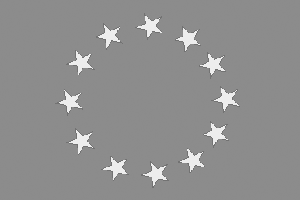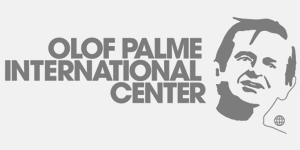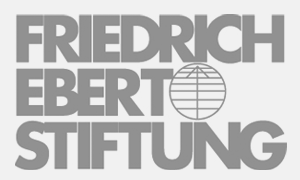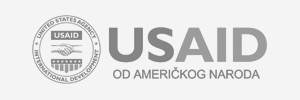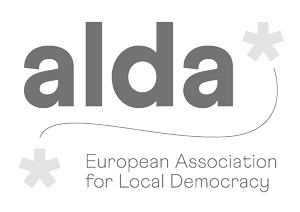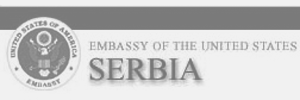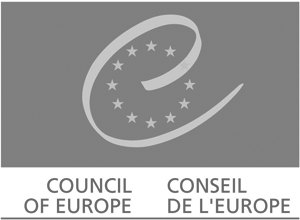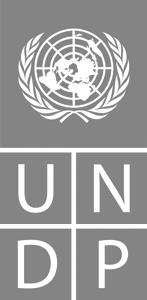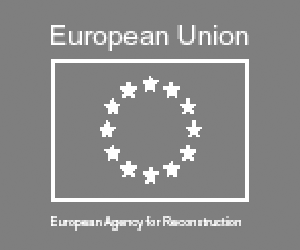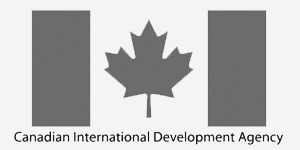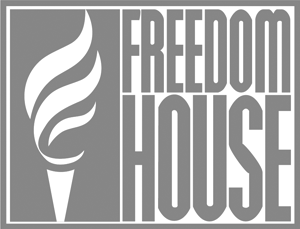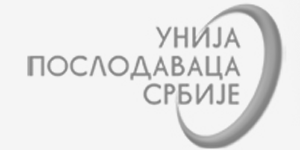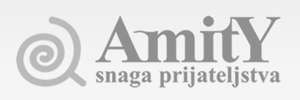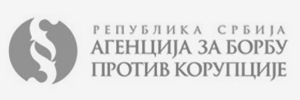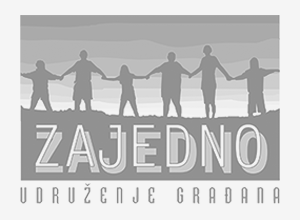Analysis: Poverty Reduction Through Sustainable Agriculture in Serbia (with Summary)
SDGs for All Platform
December 2023.
Author: Darija Šajin
The analysis Poverty Reduction Through Sustainable Agriculture in Serbia was part of the work prepared by the Thematic Group Poverty Eradication of the Social Pillar of the SDGs4All Platform.
ABSTRACT/SUMMARY
Poverty in the Republic of Serbia is predominantly a rural phenomenon, given the fact that in certain period, rural areas were affected by it up to twice as much as cities. Lower unemployment rates in rural areas compared to urban areas are explained by the high rate of self-employment on family farms. The dominant part of the active rural population of Serbia engages in agriculture. The dependence of the rural population on employment in agriculture ranks Serbia among the most agrarian European countries. The Republic of Serbia has 5.06 million hectares of agricultural land, of which 71% is intensively used (in the form of arable land, orchards and vineyards), while 29% of agricultural land is natural grassland (meadows and pastures). The dominant segment of agricultural land, that is, 3.3 million hectares or 65%, is used in the form of arable land, of which about 7% is not used annually (remains in the form of fallow land or uncultivated land). In addition to the areas left for fallow, a significant part of the areas under meadows and pastures is not used due to inaccessibility, weeds or due to economic unprofitability. It is estimated that between 200 and 350 thousand hectares of arable land and meadows are left uncultivated every year, while the area of unused agricultural land with pastures is significantly larger.
The UN Food and Agriculture Organisation's 2017 State of Food and Agriculture report states that: "Rural areas have the potential to feed and employ a young, more populated planet." The comprehensive conclusion of this report is that meeting the 2030 Agenda is highly dependent on progress in rural areas, where most of the poor live. The same report states that between 2015 and 2030, the number of people aged 15 to 24 is expected to rise to 1.3 billion, with the largest share in rural areas. The industrial and service sectors will not be able to absorb a large number of new job seekers, but neither will the agricultural sector in its current form. For all the abovementioned reasons, a strategic intervention is necessary to create jobs that would allow more people to stay and prosper in the countryside, by channeling political support and investment in rural areas to build food systems and agro-industry linked to urban areas - especially in small and medium-sized cities.
This analysis primarily focuses on the development of agriculture in rural areas, which were neglected for years and overshadowed by cities and urbanisation, and which today are gaining more and more importance within the framework of integral rural and sustainable development. All countries in the world, developed and undeveloped, fight against poverty to a greater or lesser extent. Anyone who fights against poverty in Serbia should also fight for the development of agriculture and rural development, for the production of healthy and safe food and for the preservation of the environment. Agriculture offers numerous opportunities in the battle against poverty, but it also offers challenges to be faced. One of the challenges for all of us is ecologically sustainable agriculture.
Document/publication was produced within the “SDG For All” Platform, supported by the Governments of Switzerland and Germany and implemented by Deutsche Gesellschaft für Internationale Zusammenarbeit (GIZ) GmbH.
For further information please contact info@sdgs4all.rs
PUBLICATIONS
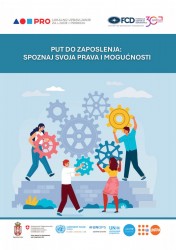 Manual “The Path to Employment: Get to Know Your Rights and Opportunities”
Manual “The Path to Employment: Get to Know Your Rights and Opportunities”
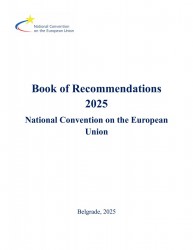 NCEU Book of Recommendations 2025
NCEU Book of Recommendations 2025
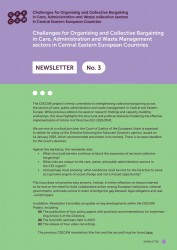 Challenges for Organising and Collective Bargaining in Care, Administration and Waste collection sectors in Central Eastern European Countries
Challenges for Organising and Collective Bargaining in Care, Administration and Waste collection sectors in Central Eastern European Countries
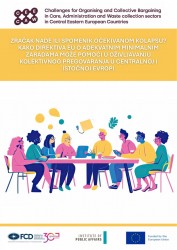 Public Policy Proposals – Collective Bargaining (CEECAW)
Public Policy Proposals – Collective Bargaining (CEECAW)
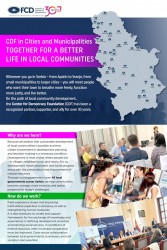 CDF in Cities and Municipalities: Together for a Better Life in Local Communities
CDF in Cities and Municipalities: Together for a Better Life in Local Communities
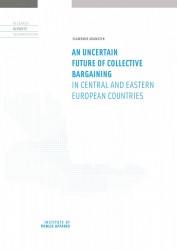 Comparative reports on collective bargaining - CEECAW
Comparative reports on collective bargaining - CEECAW
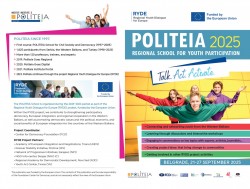 POLITEIA – Regional School for Youth Participation 2025 (leaflet)
POLITEIA – Regional School for Youth Participation 2025 (leaflet)
 Report on the State of Labour Rights in the Republic of Serbia in 2024
Report on the State of Labour Rights in the Republic of Serbia in 2024
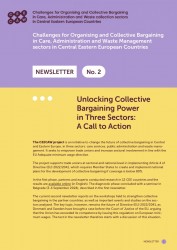 Unlocking Collective Bargaining Power in Three Sectors: A Call to Action
Unlocking Collective Bargaining Power in Three Sectors: A Call to Action
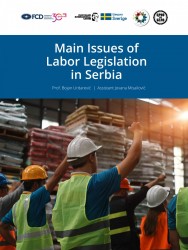 Main Issues of Labor Legislation in Serbia
Main Issues of Labor Legislation in Serbia
 New Monitoring Report by the “SDGs for All” Platform: Is the End Goal in Sight?
New Monitoring Report by the “SDGs for All” Platform: Is the End Goal in Sight?
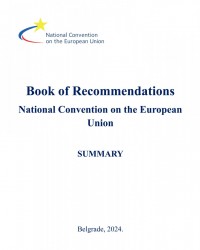 NCEU Book of Recommendations 2024 (Summary)
NCEU Book of Recommendations 2024 (Summary)
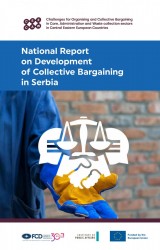 National reports on collective bargaining in Serbia - CEECAW
National reports on collective bargaining in Serbia - CEECAW
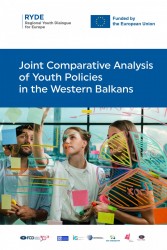 The Comparative Analysis of Youth Policies in the Western Balkans (WB)
The Comparative Analysis of Youth Policies in the Western Balkans (WB)
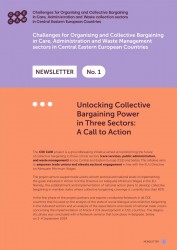 Unlocking Collective Bargaining Power in Three Sectors: A Call to Action
Unlocking Collective Bargaining Power in Three Sectors: A Call to Action
 Western Balkans Youth in Policy Making Processes
Western Balkans Youth in Policy Making Processes
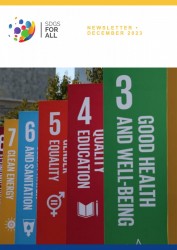 SDGs for All Platform newsletter (December 2023)
SDGs for All Platform newsletter (December 2023)
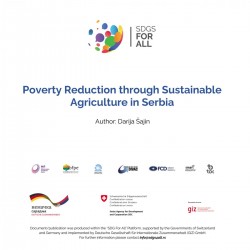 Analysis: Poverty Reduction Through Sustainable Agriculture in Serbia (with Summary)
Analysis: Poverty Reduction Through Sustainable Agriculture in Serbia (with Summary)








